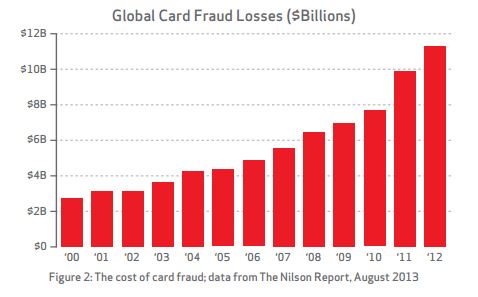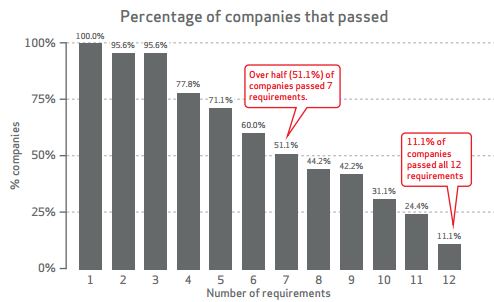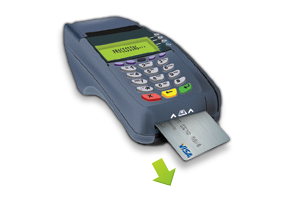[fusion_builder_container hundred_percent=”no” equal_height_columns=”no” hide_on_mobile=”small-visibility,medium-visibility,large-visibility” background_position=”center center” background_repeat=”no-repeat” fade=”no” background_parallax=”none” parallax_speed=”0.3″ video_aspect_ratio=”16:9″ video_loop=”yes” video_mute=”yes” border_style=”solid”][fusion_builder_row][fusion_builder_column type=”1_1″ layout=”1_1″ background_position=”left top” background_color=”” border_size=”” border_color=”” border_style=”solid” border_position=”all” spacing=”yes” background_image=”” background_repeat=”no-repeat” padding=”” margin_top=”0px” margin_bottom=”0px” class=”” id=”” animation_type=”” animation_speed=”0.3″ animation_direction=”left” hide_on_mobile=”small-visibility,medium-visibility,large-visibility” center_content=”no” last=”no” min_height=”” hover_type=”none” link=””][fusion_text]
As we enter the tenth year of PCI DSS, there has been important progress. Today, PCI DSS guidelines and policies are more mature than ever, and cover a broad base of technologies and processes such as encryption, access control, and vulnerability scanning to offer a sound baseline of security. The range of supporting standards, roadmaps, guidance, and methodologies is expanding.
The Verizon 2014 PCI Compliance Report uses data and insights drawn directly from assessments they’ve conducted for global enterprises across a variety of industries.
Whatever your industry and wherever you operate, PCI compliance matters to you. Yet the results indicate that nearly nine out of 10 companies failed their PCI DSS baseline assessment. Learn from their pitfalls—and more—to better protect cardholder data.
Read the full PCI DSS Compliance 2014 report: facts and Figures report provided by Verizon Enterprises here: PCI DSS 3.0 2014 Report
[/fusion_text][/fusion_builder_column][/fusion_builder_row][/fusion_builder_container]




